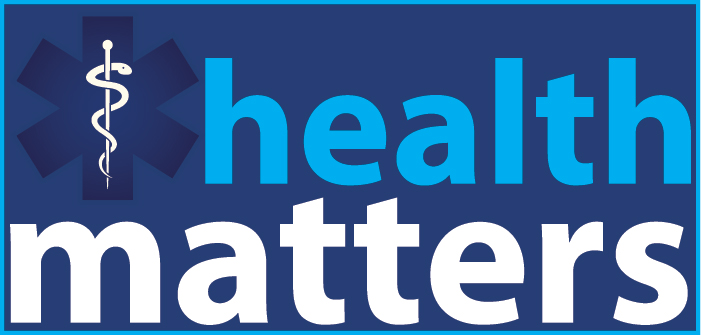How is it Different than Dental Insurance
Dental insurance is a dying concept. According to the U.S. Surgeon General’s report Oral Health in America from 2010, there are 108 million adults and children who lack dental care in the United States. Although this number has changed slightly since the roll-out of pediatric dental coverage through Obamacare, this is still 2.5 times the number of people that lack health insurance.
The number of companies that do not offer dental insurance – or choose to drop their dental insurance – continues to rise, as dental insurance is often near the top of the list of benefits that employers are willing to cut. The reason? While the cost of dental care and dental insurance has continued to rise with inflation, the benefits and annual maximums have remained stagnant.
The name “dental insurance” is a misnomer, as it is not really insurance at all. The concept of insurance is to protect against a catastrophic loss that you cannot pay for on your own. Think of your home insurance or car insurance. You carry them to insure against something bad happening – and the large bills that go along with them.
For example, you may have $100,000 – or even $1,000,000 – of insurance against a car accident or a house fire. However, most dental insurance plans have an annual maximum coverage of $500-1,500 – hardly the catastrophic loss that you’re hoping to avoid with other types of insurance. Couple this with the fact that we use our dental insurance to pay mostly for routine dental care, as your annual maximum will almost certainly be fully used up if you visit your dentist regularly, leaving almost nothing left over for other items such as fillings and crowns.
About 55-65 percent of dental insurance usage goes toward preventive work. So, let’s call dental insurance what it really is: prepaid dental with a large admin fee. You don’t expect your car insurance to pay for your oil changes, but that’s precisely how we use our dental insurance in reality. It makes more sense to budget ahead of time for known expenses, such as oil changes or regular dental cleanings.
This is how PureCare Dental came up with the idea for their dental membership model. By providing high quality dental care and cutting out the administrative costs associated with dental insurance, savings can be passed along to the patient.
PureCare Dental’s office opened in 2010 and started the first dental membership program of its kind in Central Oregon. Bend, Oregon was an obvious choice to open their office, based on its large population without dental insurance – most notably small, entrepreneurial businesses that aren’t able to offer dental coverage, and a significant retired population.
PureCare Dental of Bend, 541-647-5555, www.purecaredental.com




